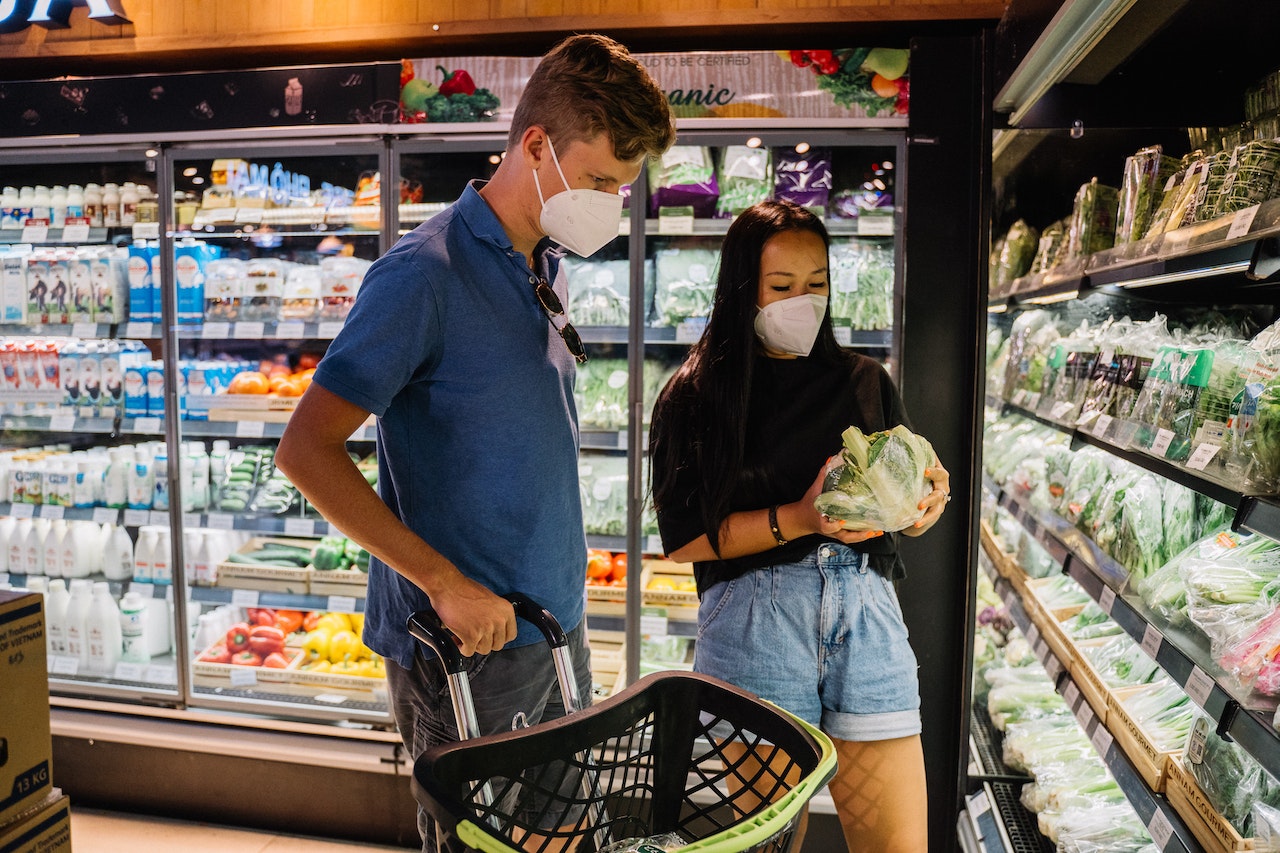
How To Read Expiration Dates
- Understand the Terminology:
- “Expiration Date” or “Use By Date” indicates the last date a product is guaranteed to be safe and effective.
- “Best Before Date” or “Sell By Date” suggests the peak quality or freshness of the product but may still be safe to consume after this date.
- Check the Label Location:
- Look for the expiration date on the product packaging. It can be printed in various locations, such as on the top, bottom, or sides.
- Interpret the Format:
- Dates can be presented in various formats, including month/day/year (MM/DD/YYYY), day/month/year (DD/MM/YYYY), or year/month/day (YYYY/MM/DD).
- Some products use codes or alphanumeric representations, which might require decoding based on the manufacturer’s information.
- Be Aware of Numerical Codes:
- If a product uses a code, consult the manufacturer’s website or customer service for assistance in deciphering the code.
- Consider the Type of Product:
- Perishable items like dairy, meat, and seafood usually have shorter expiration dates.
- Non-perishable items, such as canned goods, often have longer shelf lives.
- Storage Conditions Matter:
- The accuracy of expiration dates depends on proper storage. Improper storage can lead to products spoiling earlier than indicated.
- Perform a Sensory Check:
- If the date has passed, use your senses (smell, appearance, and taste) to assess the product’s freshness and safety. When in doubt, err on the side of caution.
- Consult Local Guidelines:
- Some countries or regions may have specific regulations regarding date labeling, so familiarize yourself with local guidelines if applicable.
- Consider the Product’s Packaging:
- Vacuum-sealed and airtight packaging can extend the shelf life of products compared to those in regular packaging.
- Rotate Stock:
- When purchasing groceries, follow the “first in, first out” (FIFO) principle to ensure you use older products before newer ones.
- Use Common Sense:
- Trust your judgment; if a product looks, smells, or tastes off, it’s safer to discard it, even if the expiration date hasn’t passed.
- Donate Unexpired Food:
- If you have non-expired food items that you don’t plan to use but are still within their date, consider donating them to a local food bank or shelter.
Remember that expiration dates are there to guide you, but they are not always strict deadlines for when a product becomes unsafe or loses all quality. Always prioritize safety and quality when determining whether to consume a product past its date.
In closing:

